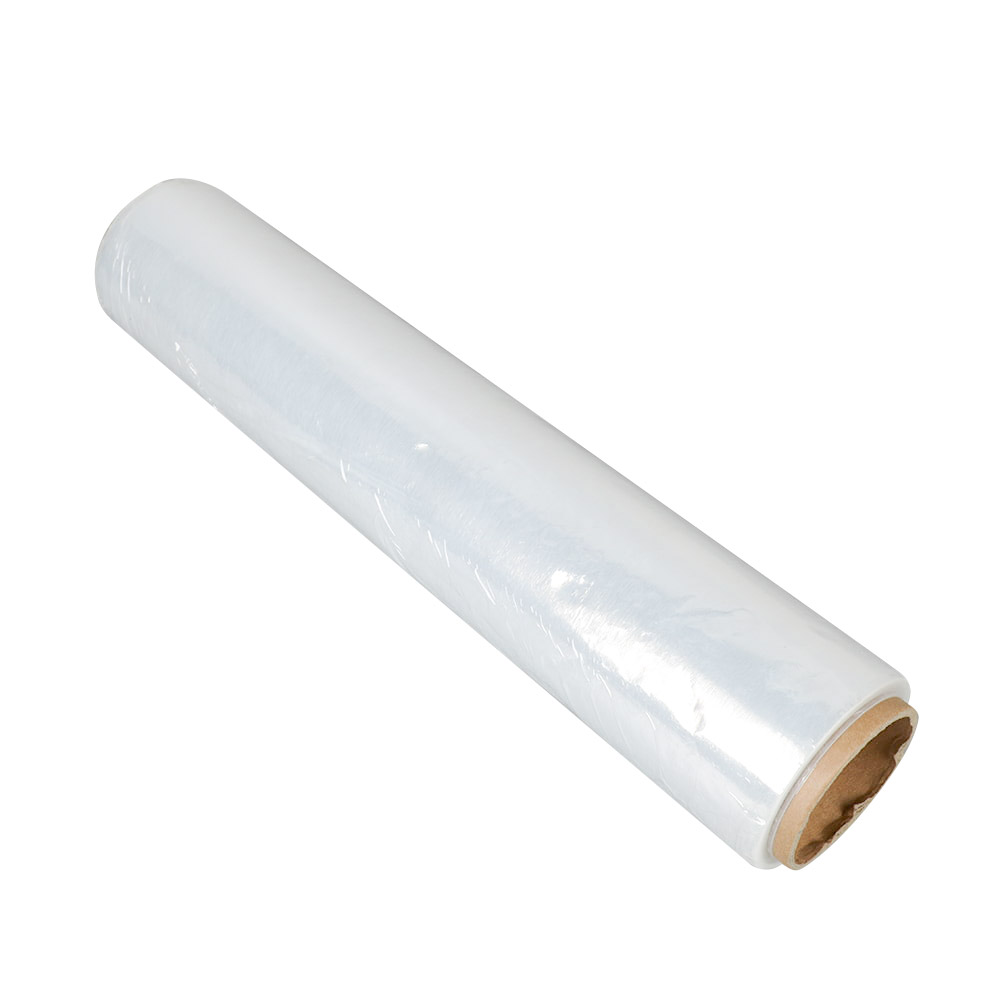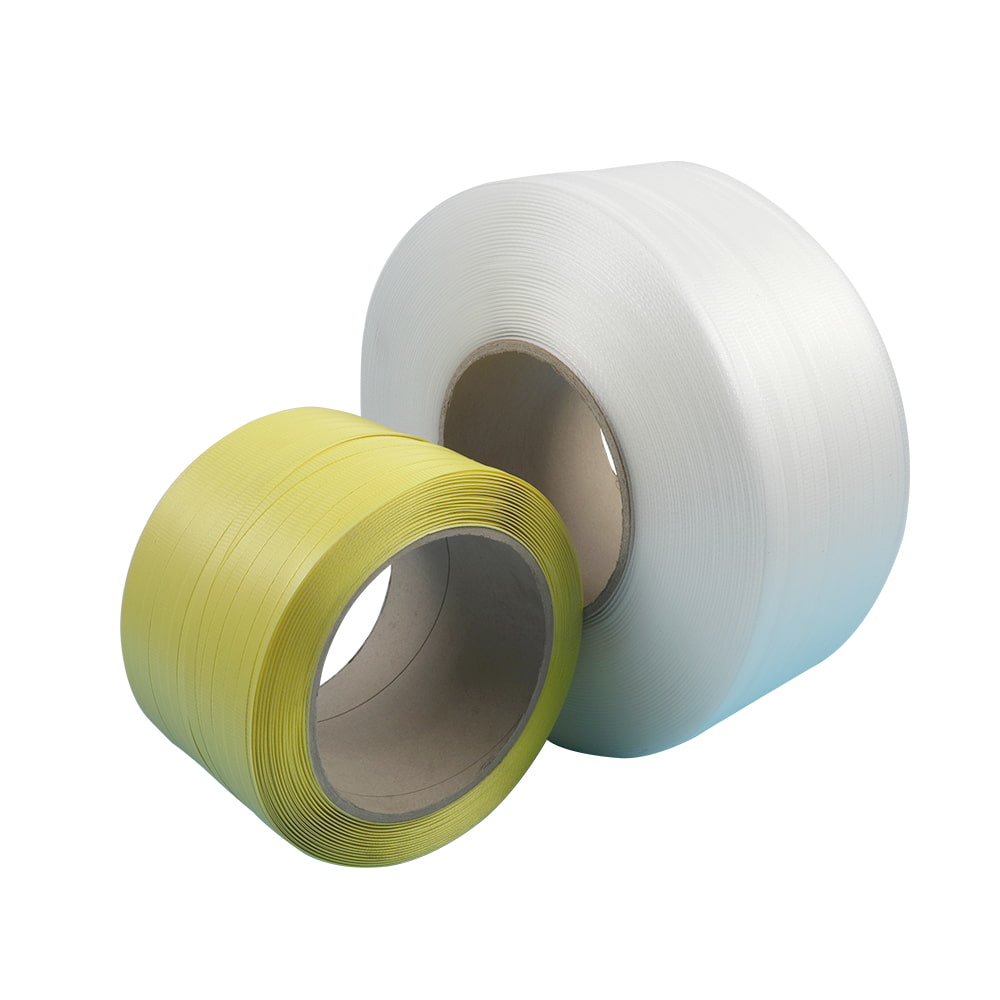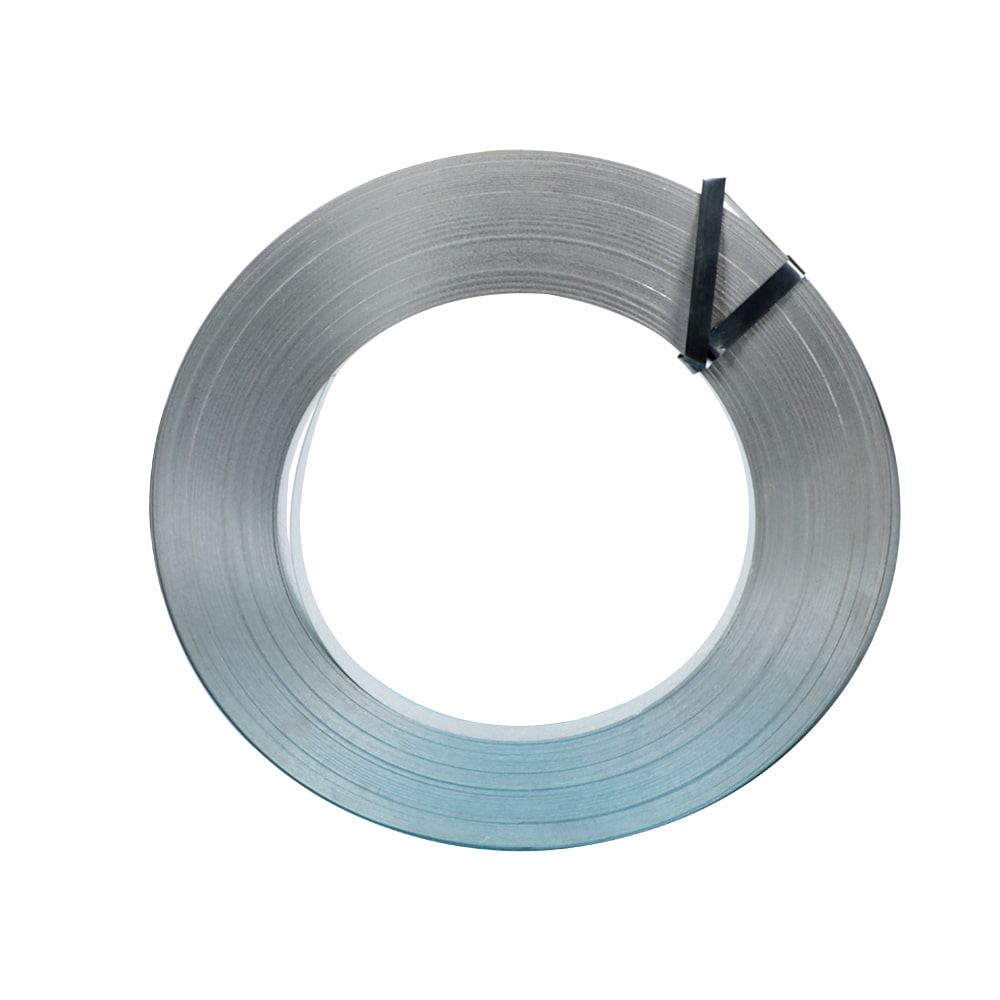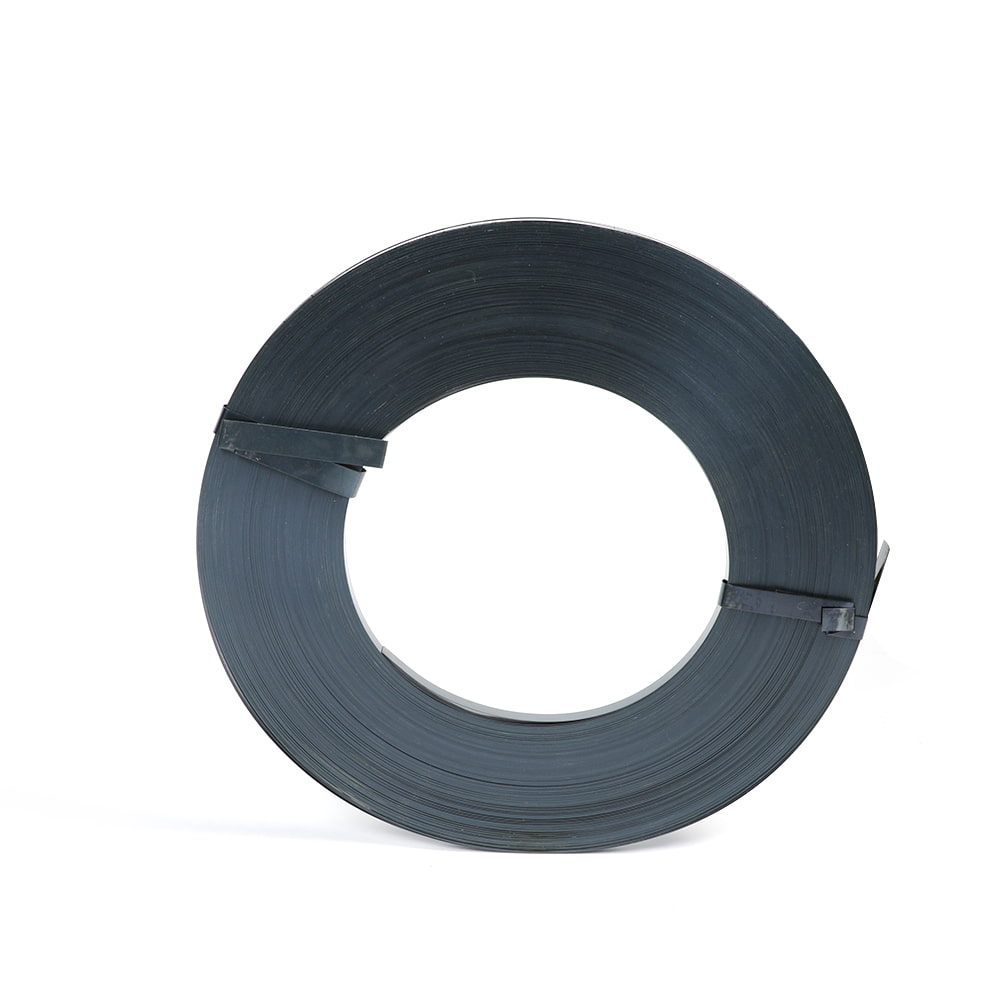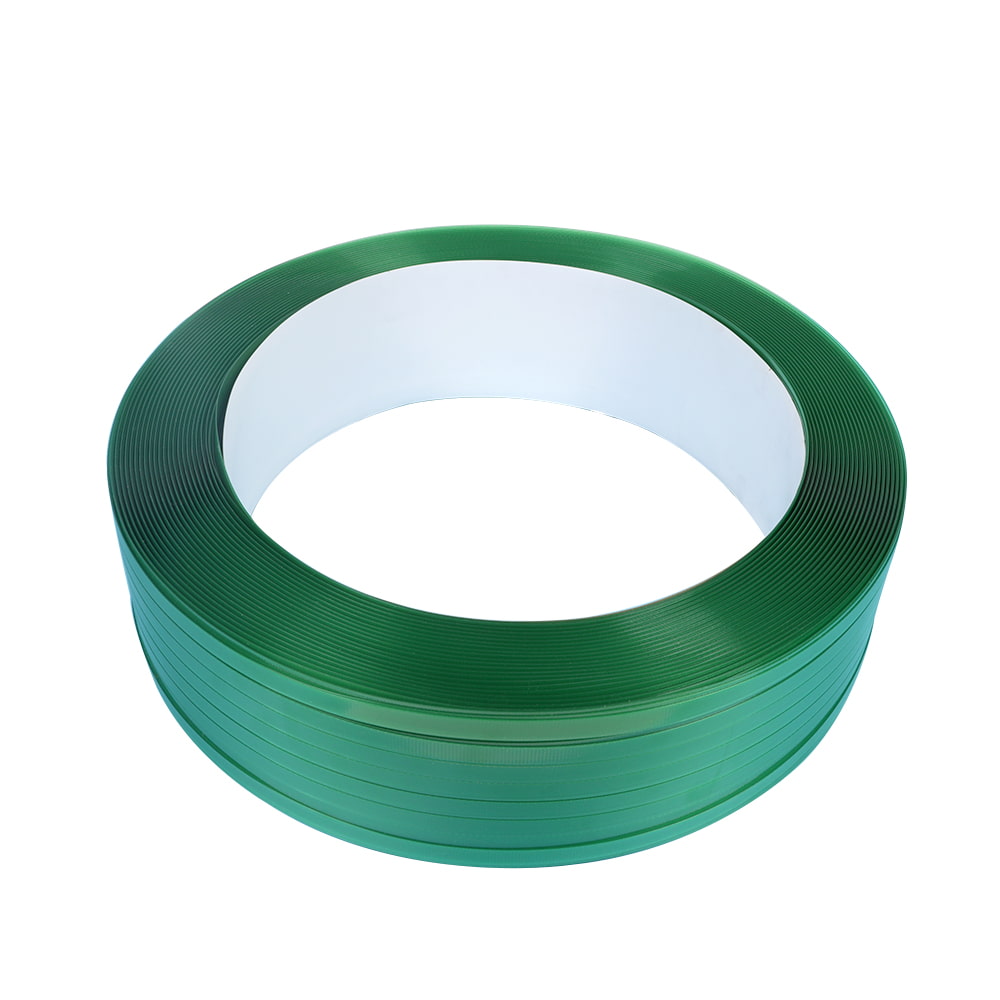Will the static electricity generated by stretch film damage electronic products?
In the electronics industry, protecting sensitive components from environmental hazards is a critical priority. One often-overlooked risk is static electricity generated during the use of stretch film, a common packaging material.
Understanding Static Generation in Stretch Film
Stretch film, typically composed of polyethylene or similar polymers, accumulates static charges through friction. This occurs during application—when the film is stretched and wrapped around products—or removal, due to the triboelectric effect, where materials exchange electrons upon contact. The resulting static buildup can reach thousands of volts, creating an invisible hazard in environments like warehouses or manufacturing floors. This phenomenon is not unique to stretch film but is amplified by its lightweight, insulating nature, which prevents charge dissipation.
Risks to Electronic Products
Electrostatic discharge (ESD) from stretch film poses a genuine threat to electronic devices. ESD events, even at low voltages (e.g., 100 volts or less), can damage integrated circuits, microprocessors, and other sensitive components. Such damage may manifest as immediate failures—such as short circuits or burnt traces—or latent defects that cause premature product failure after deployment. For instance, in the electronics supply chain, unprotected exposure to static from stretch film during shipping or storage has been linked to increased return rates and warranty claims, as documented in studies by organizations like the ESD Association. These risks are heightened in dry, low-humidity conditions where static charges build more readily.
Preventive Measures and Best Practices
To mitigate ESD risks without compromising packaging efficiency, several evidence-based strategies can be implemented. First, consider using anti-static stretch film, which incorporates additives or coatings to dissipate charges. This specialized variant reduces static generation by up to 90% compared to standard films, according to industry testing. Second, ensure proper grounding of all equipment and work surfaces; for example, connect wrapping stations to earth ground points to safely channel static away from electronics. Third, control environmental factors by maintaining humidity levels between 40% and 60%, as moisture in the air helps neutralize charges. Additionally, train personnel on ESD-safe handling techniques, such as avoiding rapid film application and storing electronic products in shielded containers before wrapping. Regular audits using ESD testers can verify the effectiveness of these measures.
Industry Implications and Compliance
Adhering to established standards, such as ANSI/ESD S20.20, provides a framework for managing static risks in electronics handling. This includes guidelines for material selection, like opting for stretch film with proven ESD-protective properties, and process controls during packaging. By integrating these practices, companies can reduce the incidence of static-related failures, which conserves resources and supports sustainability goals by minimizing electronic waste.
Static electricity from stretch film can indeed damage electronic products, but this risk is manageable through informed precautions. By prioritizing anti-static solutions, environmental controls, and staff training, businesses can safeguard their operations. For further guidance, refer to resources from authoritative bodies like the ESD Association or IEC standards, ensuring a proactive approach to ESD protection in everyday packaging routines.

 EN
EN 
 English
English 中文简体
中文简体

